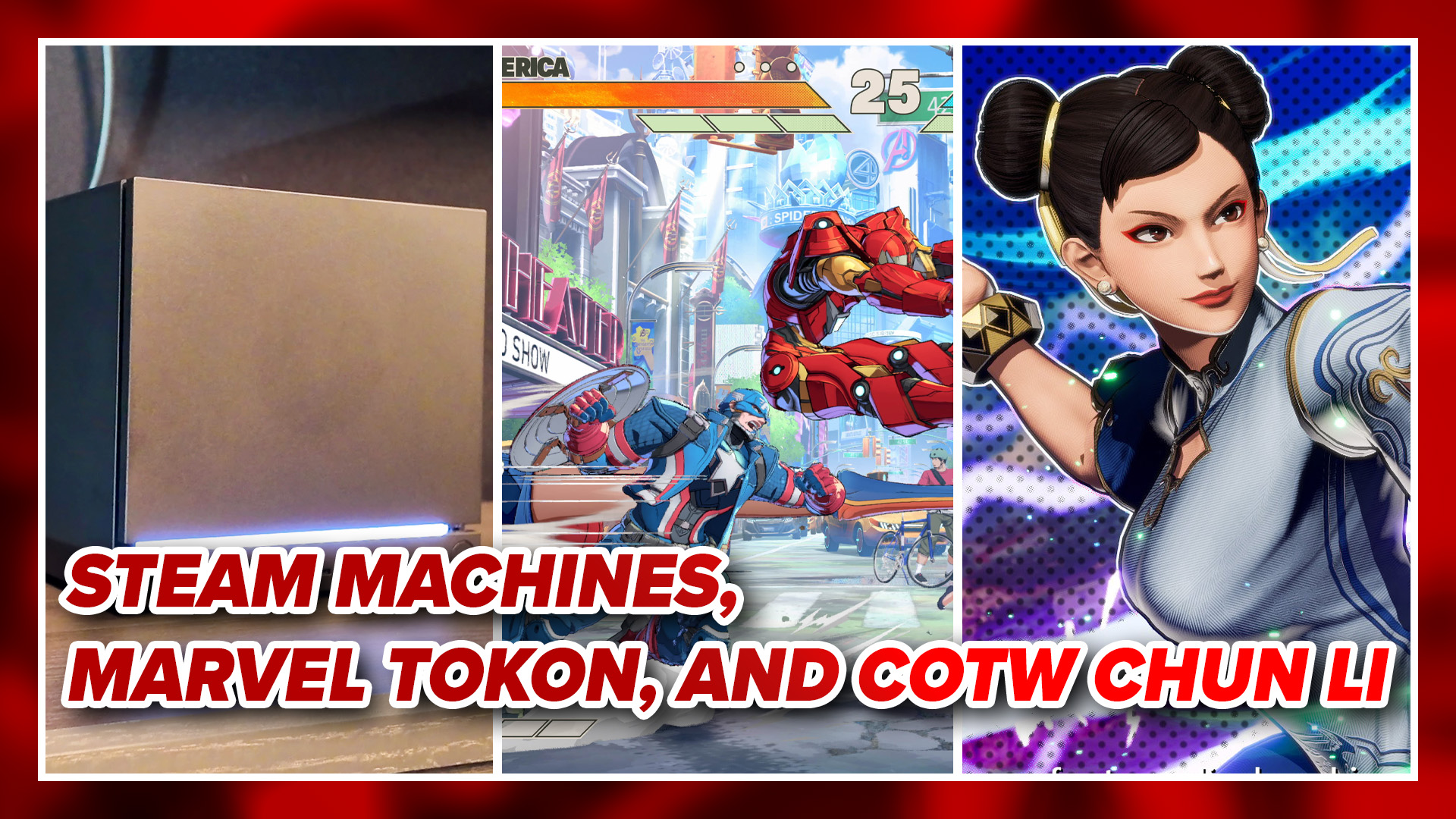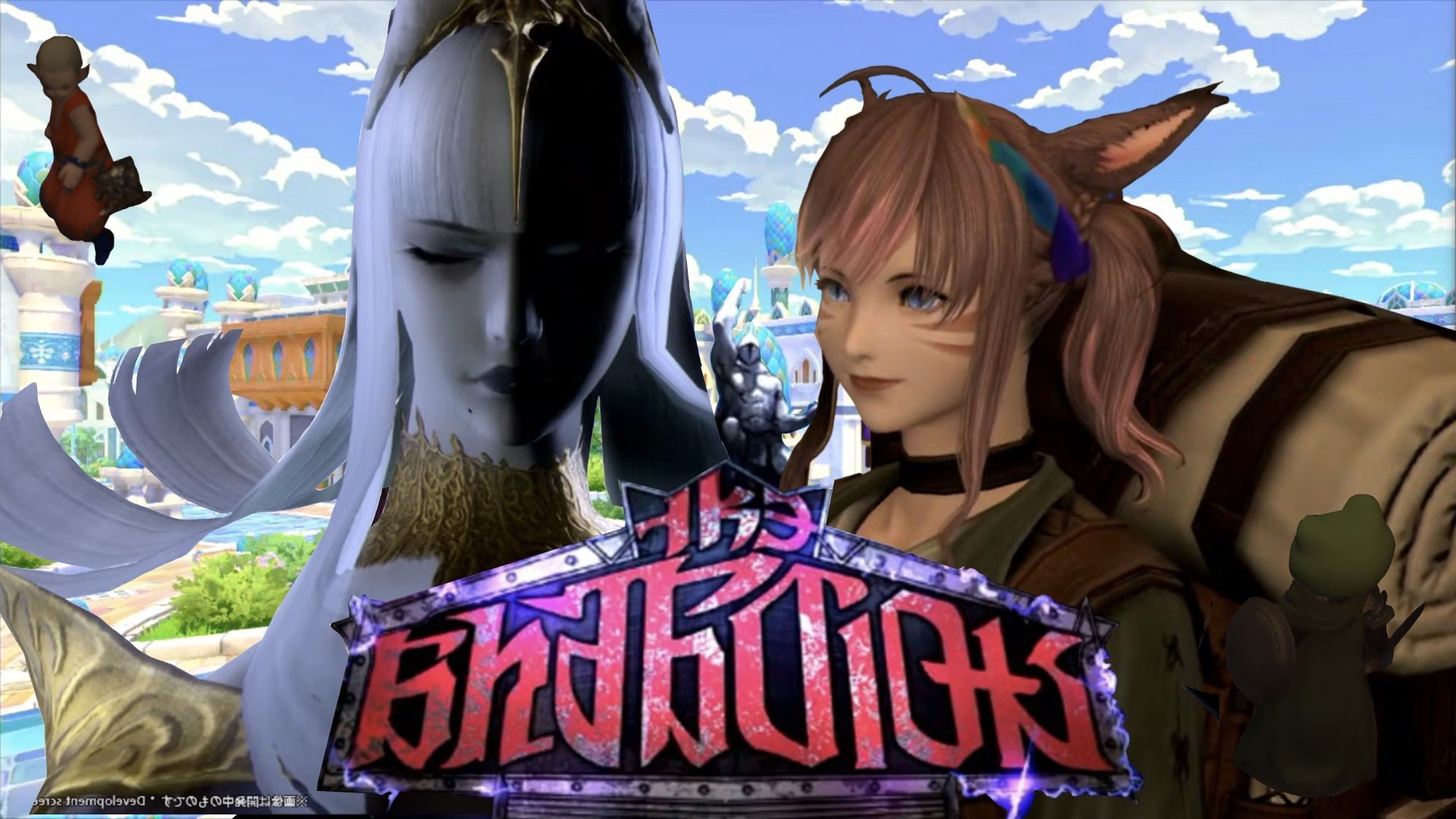
As far as handheld system ports go, it seems that the fighting genre of games is always the most troubled. While classic platforming games and roleplaying games can easily be translated to a portable device, fighting games suffer greatly due to the lack of screen size and precise controls which are often lacking on travel-size systems. So of course when Capcom announced Super Street Fighter IV 3D Edition as a launch title for the Nintendo 3DS, there was some considerable doubt as to whether or not the popular title could make the translation from the home consoles. It turns out the new title is a surprisingly good port, although it can’t quite shake the problems that have plagued previous portable fighting game.
In terms of content, SSFIV 3D is a feature complete port of the Xbox 360 and Playstation 3 versions of the game. The entire cast of over thirty characters from the home console version returns here and each character has his or her own challenge mode to help new players learn advanced combos. In addition to the full roster and training modes, the classic arcade-style mode also makes a comeback along with online play. Surprisingly enough, the network system used in this iteration of the game is actually better than that of the home console version and matches tend to be more stable than while playing on a PS3. Although there may be moments where things get choppy, my experience with Super Street Fighter IV 3D Edition’s online mode was actually quite enjoyable.

As far as the visuals go, Capcom’s port of the latest Street Fighter looks rather good. Characters fight and move as fluidly as they always have and each looks apart as on par as they would on a television set. Some jagged edges around the models do occasionally make things look a little less than stellar, but for the most part the graphics do impress. The only part of the game’s appearance that is marred by its shrunken down nature is the lack of animated backgrounds. The once vibrant and lively environments of Street Fighter IV are now static due to the understandably limited capabilities of the Nintendo 3DS. It’s a necessary evil to be sure, but most players won’t give it a second thought while fighter A.I. and player-controlled characters.
Of course one of the big draws of Super Street Fighter IV 3D Edition lies in the promised 3D effect of the new Nintendo handheld. Although the 3D may not jump out at the player, it does work as promised and makes the game all the more eye-catching for it. With the sysetm’s 3D slider turned up, each character in the game is given a certain amount of depth which really shines when performing super and ultra attacks. While the 3D effect looks good in the traditional side-view battles, SSFIV 3D also features a brand new mode called “dynamic view” which switches the camera to a third-person perspective of the player’s character. This new mode really shows off the 3D at its best and is incredibly convincing with its effect, but using this camera mode makes the game more difficult than need be. Regardless of the dynamic view, the traditional Street Fighter side perspective still works well with the system’s 3D.

3D effects aside, Super Street Fighter IV 3D Edition also makes use of the system’s touch screen as well. Taking the lack of precise controls in portable fighting games into account, Capcom has designed the 3DS’ touch screen to allow quick and easy access to more complicated attacks which can be tough to pull off. Super and ultra attacks, which usually require full sweeping motions of the system’s d-pad or slide pad and several button presses at once, can now be executed by just tapping the assigned move on the bottom screen. While this innovation does allow new players to compete with those experienced veterans, there is a major bug in its design which completely breaks the game.
For those unfamiliar with the series, Street Fighter contains a number of characters whose moves are performed by holding back or down for a couple seconds before performing the attack. Fighters such as Guile or Blanka are balanced out against other characters because of the amount of time it takes to perform these attacks. Unfortunately the charge time for these attacks was not taken into account when designing the touch screen as any move accessed through it is performed almost immediately. As a result, these once balanced characters can now spam attacks constantly and are incredibly overpowered. Although the average player won’t take much issue with the bug, it’s sure to frustrate the diehard Street Fighter fans out there.

While the inclusion of touch screen attacks in Super Street Fighter IV 3D Edition is far from perfect, it’s almost a necessity when dealing with the Nintendo 3DS controls. Although the system’s new slide pad can help make some moves such as hadokens and the like a bit easier to perform, the d-pad on the 3DS is pretty lousy for fighting games due to its tiny size and unresponsive feel. It also certainly doesn’t help that many attacks in Street Fighter require simultaneous button presses and the tiny buttons make it tough to quickly pull off moves such as focus attacks or ultras. The touch screen is really the only way to reliably perform the more advanced moves in the game and anyone looking to use tournament level combinations is going to have a hard time doing so.
Even with all the flaws present in this port of Capcom’s popular fighting game, Super Street Fighter IV 3D Edition is actually a decent launch title for the Nintendo 3DS. The inclusion of all the home console version content as well as the solid 3D effect makes it the perfect showcase title for early adopters of the system. While the imprecise control and touch screen issues mean that the title is better suited for the more casual fighting game fan, it’s still a fun travel-sized version of an excellent game. It may not solve the issues inherent in the portable fighting game arena, but it’s a solid entry in the series nonetheless and one that’s easy to recommend.




